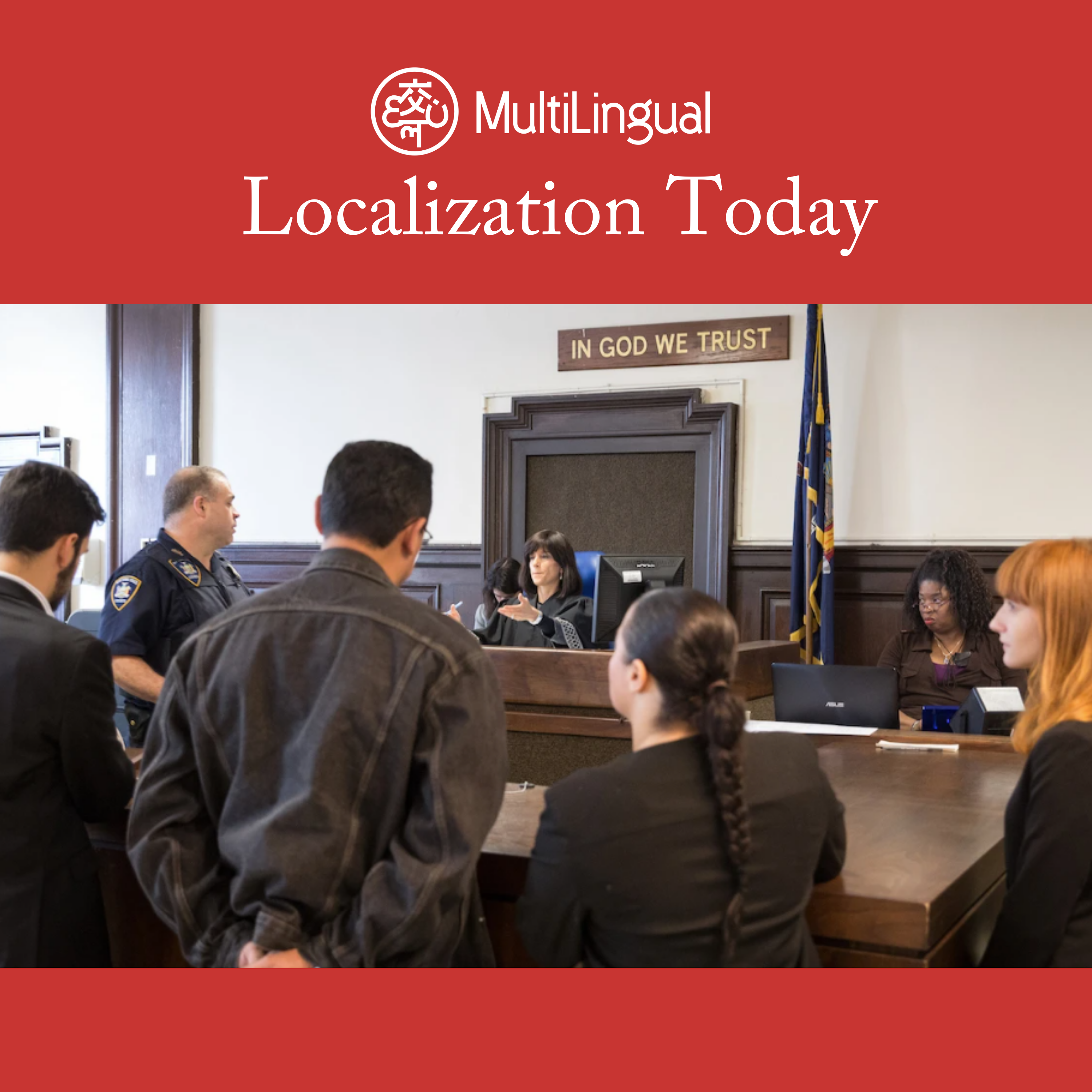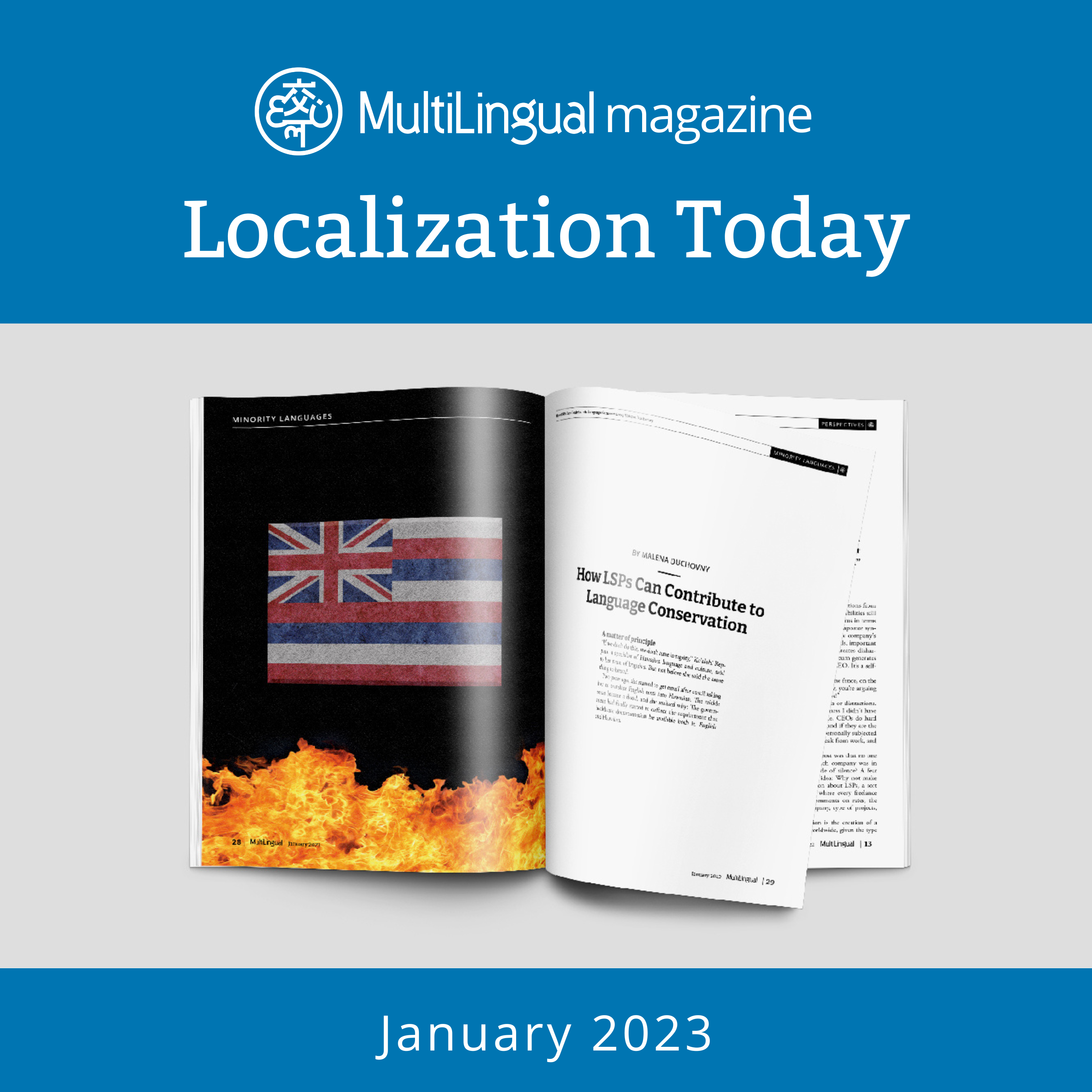Episode Transcript
[00:00:00] Poetry in Bamboo the Story of Mangan Calligraphy by Tim Brooks Here's a conundrum for those of you with a deep love of languages and a strong social conscience. If you came across a rural minority culture whose language, script, and traditions were in danger of dying out, would you set about trying to help them by teaching them how to carve their letters in bamboo? It's a trick question, of course, and an unfair one, because a community in such circumstances has many needs, and preserving its writing system and practices is only one. But to assume that something as old fashioned as carving in bamboo is unimportant may be a grave mistake. Bamboo carving is a traditional writing technique of the Mangan people of the Philippine island of Mindoro. When Spanish Jesuit missionaries arrived in the 16th century, they remarked on the practice, noting, the natives write on bamboo canes and palm leaves using pens that are iron sharp. They write their own letters, but also ours on paper and with very finely cut pen. They have learned our language and pronunciation and write as well as we do, if not better. Because they are so clever, they learn anything with great ease. Despite this tone of respect, the Spanish destroyed written mythologies and genealogies, beginning a sad history of marginalization that continues to this day. Most of the manuscripts have not survived the imposition of the Latin Alphabet. At the dawn of the 20th century, the traditional agricultures and sacred grounds of the Manians were overrun when land on Mindoro was offered to settlers from other islands. In 1903, the population of Mindoro was some 40,000. Now, over a century later, it is more than a million, of which only about 10% is manyan. More recently, the sale of mining leases has pushed the mans farther and farther up into the mountains, forcing them to abandon their ancestral lands. As recently as the 1950s, Manganes could vote using their own writing, but that is no longer the case. Carving Ambahan despite these challenges, the Hanunuo Manians, one of eight Manyan ethnic groups, still practice their traditional calligraphy for a particular purpose. To carve ambahan into bamboohan, emphasis on the second syllable, are sung poems. They make use of rhyme and also a rhythm that fits well with the language and script. The language is heavily syllabic, the script is a syllabary, and as each line consists of seven syllables, every ambahan consists of a varying number of rows of seven characters. Their poetry is clear, moving, and local in the richest sense.
[00:02:49] Simply calling them poems or songs is to underestimate how much the poetry, the script, and even the bamboo mean to the Manyans for one thing, though written, they have much in common with oral poetry traditions. Ambahan were never signed by an author because they were seen as community property to be ready, repeated, and adapted by someone else. As such, they became part of a collective wisdom and were recited whenever appropriate. Ambahan often act as expressions and celebrations of spiritual beliefs, with analogies about connecting all living beings with each other, their surroundings, and the divine. Likewise, the bamboo is not only a readily available writing material but also an opportunity to connect the human and natural worlds. I suspect that some of you, accustomed to the elegant curlicues of Western calligraphy, the intricate letter shapes of the Arabic tradition, or the dramatic brushstrokes of its Asian counterpart, may be asking, can cutting letters into bamboo really be calligraphy? The fact is, the word calligraphy means different things in different cultures. To me, calligraphy is writing that has more than a simply functional purpose. It calls for skill and concentration. It is executed with forethought, intent, and possibly training. It is written for the eye as well as the ear, and it is respected within its culture for its aesthetic values and often its spiritual charge. By that definition, there are cultures around the world that practice calligraphy on silk, stone, woods, and even human skin. Today's preservation efforts the Mangan culture seems poised between renewal and oblivion. While the mans struggle to retrieve ownership of their ancestral lands, their languages are still in use, particularly among the younger generation. Uyan Dawi, a culture bearer at the Manyan Heritage center, says, sometimes at school they even write the script on their hands. Students are gradually instructed in our system of writing in parallel with learning traditional weaving and beadwork skills. And as for ambahan, more than 20,000Ambahans survive. A magnificent volume titled Bamboo Whispers, published by the MHC, includes 261Ambahan along with their English and Spanish translated versions and relevant anthropological photographs. The MHC teaches Mangan students to inscribe Ambahan on bamboo tubes. However, it's a sign of how deeply writing and culture are entwined that although today's younger generation may learn the language, the script, and even the ambahan form, that isn't enough to compose a true Ambahan, which relies on looking at the world in a certain way. MHC's executive director, Emily Lorenzo Katipang, explains, in the past, we have encouraged students to write their own Ambahans. However, the ambahan is metaphoric and the language is poetic and archaic. Hence the younger generation can't understand it. When they write their own ambahan, it is written in their ordinary language, they don't use metaphors, so its meaning is direct. Kadapang emphasizes that ambahan, despite their metaphorical nature, do not employ similes, so there is no separation between subjects. The same concept applies to the use of bamboo versus paper. Paper is a human invention, so to write about the natural world on paper is to introduce an artificial step between the two. But to carve that poem in bamboo is to maintain that first hand relationship. This is why my favorite ambahan is one that was never written on paper and in fact never even left the forest as it was found. Carved on a bamboo plant in the mountains of Mindoro, it has the limpid profundity of a haiku you once were passing this way. It's not long since you've been here. Your footprints are still around. This article was written by Tim Brooks, the founder of the Endangered Alphabets Project, which aims to create a list of the world's writing systems, identifying every script currently in use and assessing its degree of health or vulnerability.
[00:07:12] Originally published in Multilingual Magazine, Issue 2 33, October 2024.


